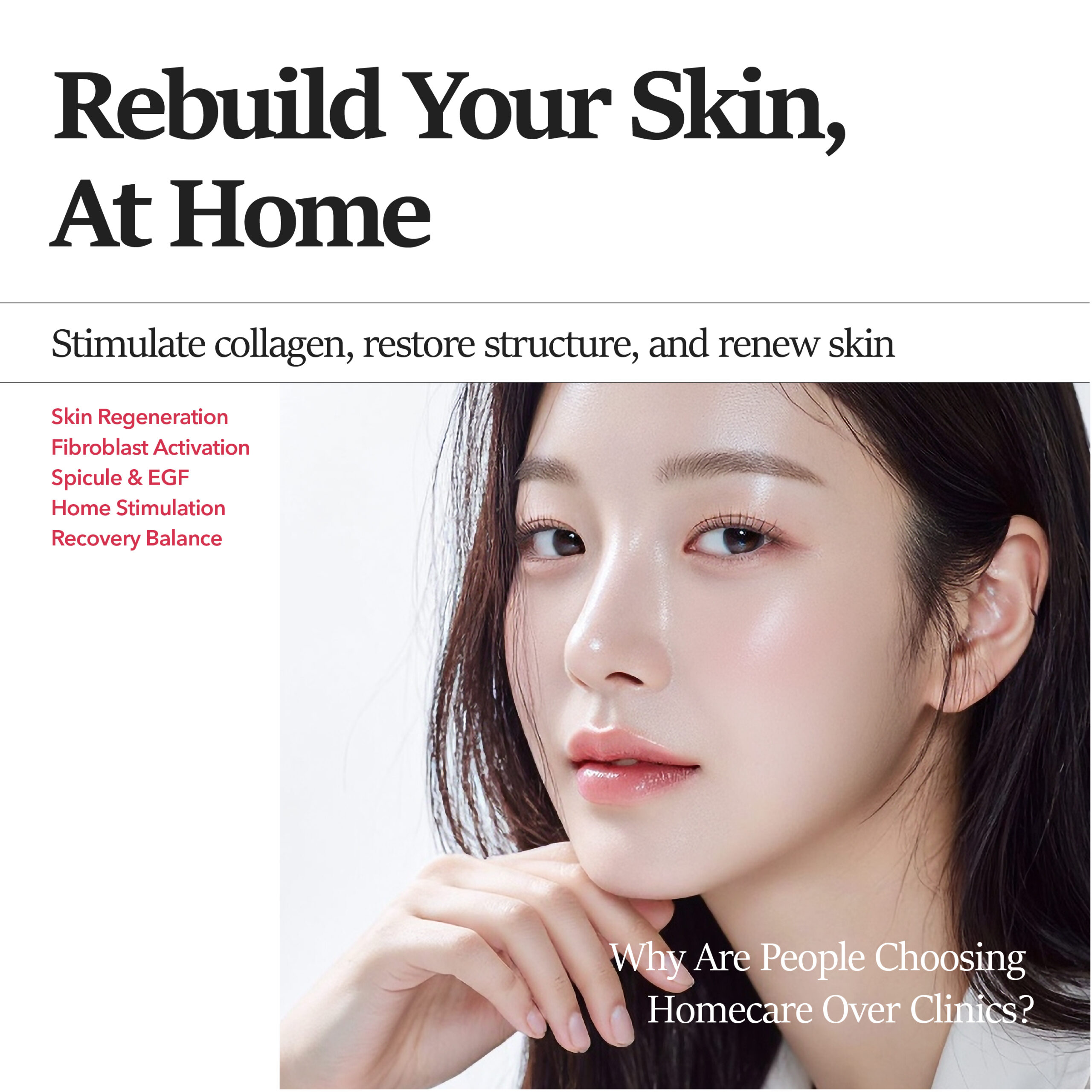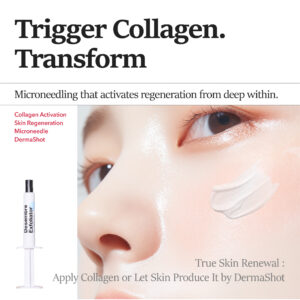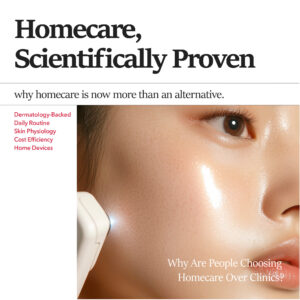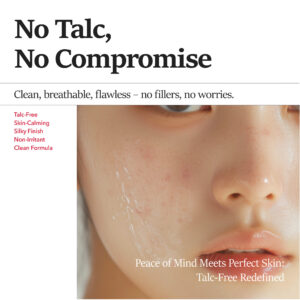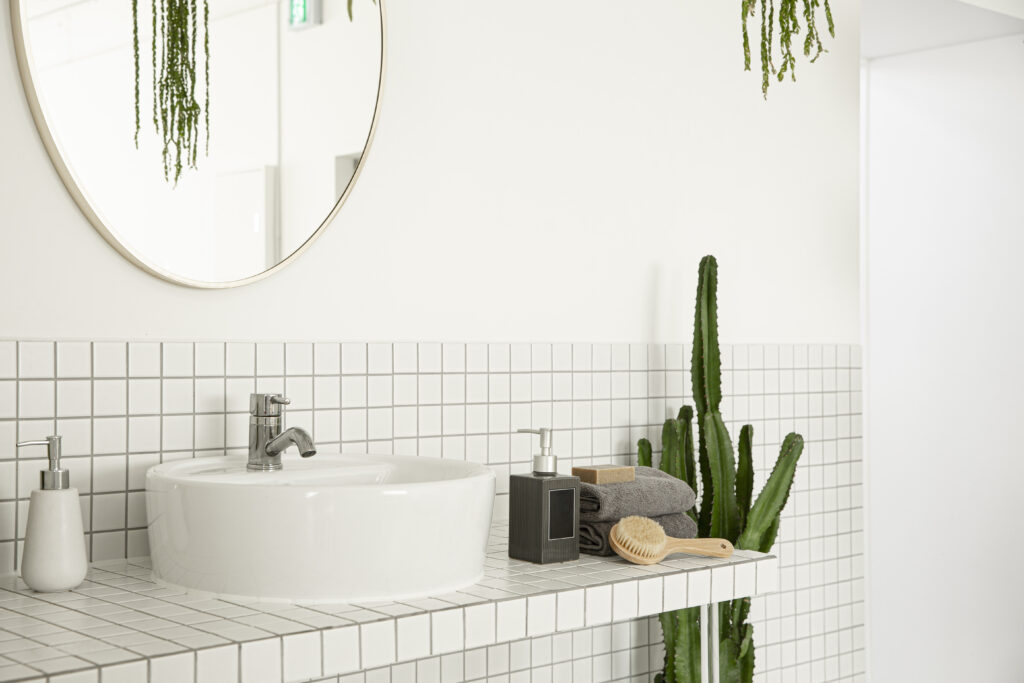
A Professional Perspective on Stimulating Skin Renewal Through Homecare
Introduction
One of the most frequently asked questions I receive is:
“Can skin truly regenerate with just homecare?”
The answer is clear—yes, it can.
However, successful skin regeneration at home requires more than simply applying high-end products.
It demands a deep understanding of skin biology, the right stimulation techniques, and a structured routine that balances activation and recovery.
In this article, I will explain:
- How skin naturally regenerates
- How clinical treatments stimulate this process
- And how you can effectively replicate these mechanisms through homecare
1. Understanding Skin’s Natural Regeneration Process
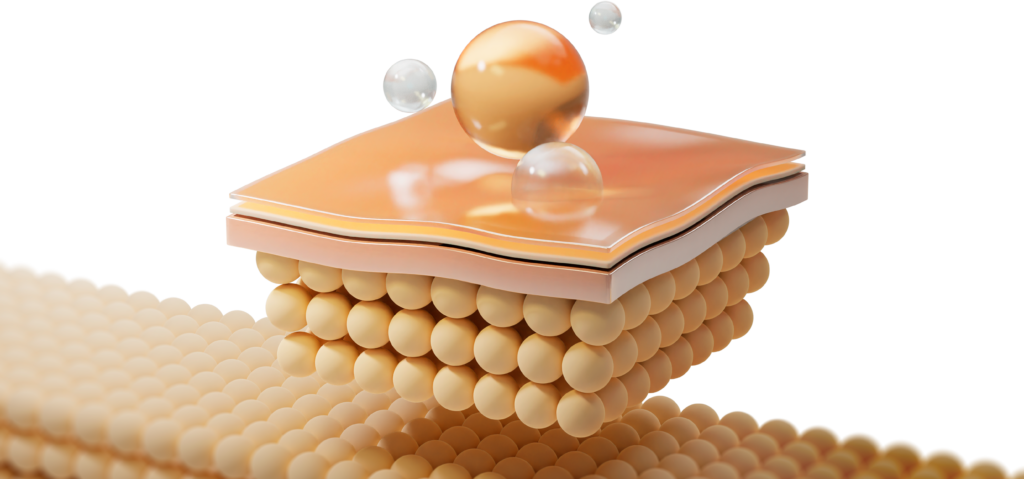
Skin is a self-repairing organ designed to respond to damage and maintain balance.
Its ability to regenerate is continuous but slows with age and environmental stress.
1.1 Skin Structure and Renewal Cycles
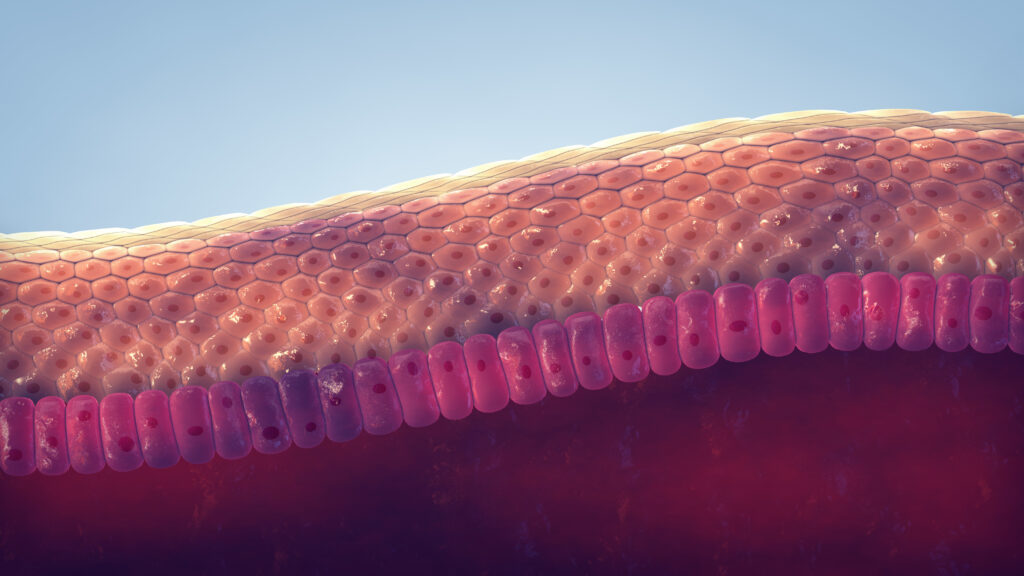
| Layer | Key Components | Function |
| Epidermis | Keratinocytes | 28-day renewal, barrier |
| Dermis | Fibroblasts, Collagen, Elastin | Elasticity, wound healing |
| Skin Barrier | Ceramides, Lipids | Protection, moisture retention |
- Collagen production decreases by ~1% annually after age 25
<sub>(Shuster et al., British Journal of Dermatology, 1975)</sub> - Without external stimulation, this natural regeneration slows significantly over time.
2. How Clinics Stimulate Skin Regeneration
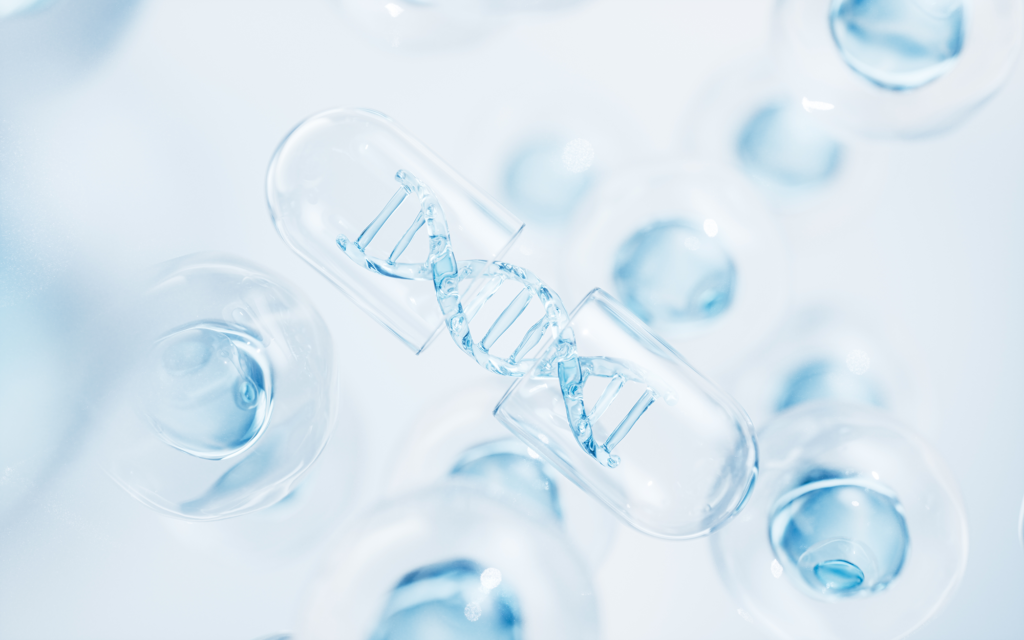
Clinical treatments are designed to induce controlled micro-injuries, prompting the skin’s repair mechanisms.
2.1 Common Clinical Procedures
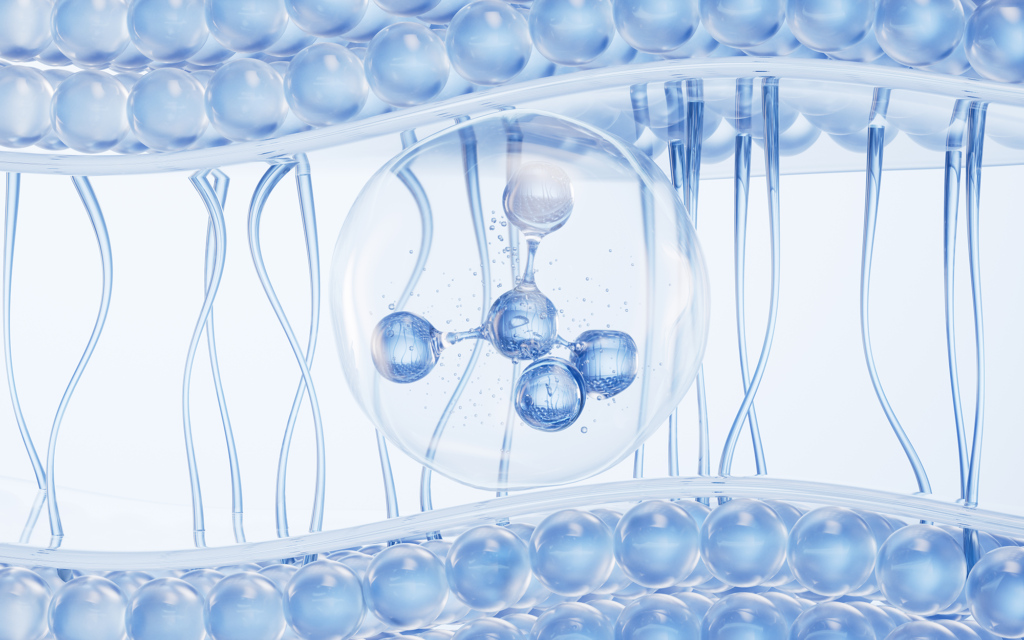
| Treatment | Mechanism | Result |
| Laser | Thermal damage to dermis | Collagen remodeling |
| Microneedling (MTS) | Micro-injuries | Fibroblast activation |
| RF Therapy | Radiofrequency heating | Tissue tightening, elasticity |
| Ultrasound | Deep-layer stimulation | Lifting, collagen production |
All these methods rely on the skin’s inherent ability to heal stronger after targeted damage.
3. Replicating Regeneration Through Homecare

Advancements in skincare technology now allow for safe, effective stimulation at home.
3.1 Mechanical Stimulation
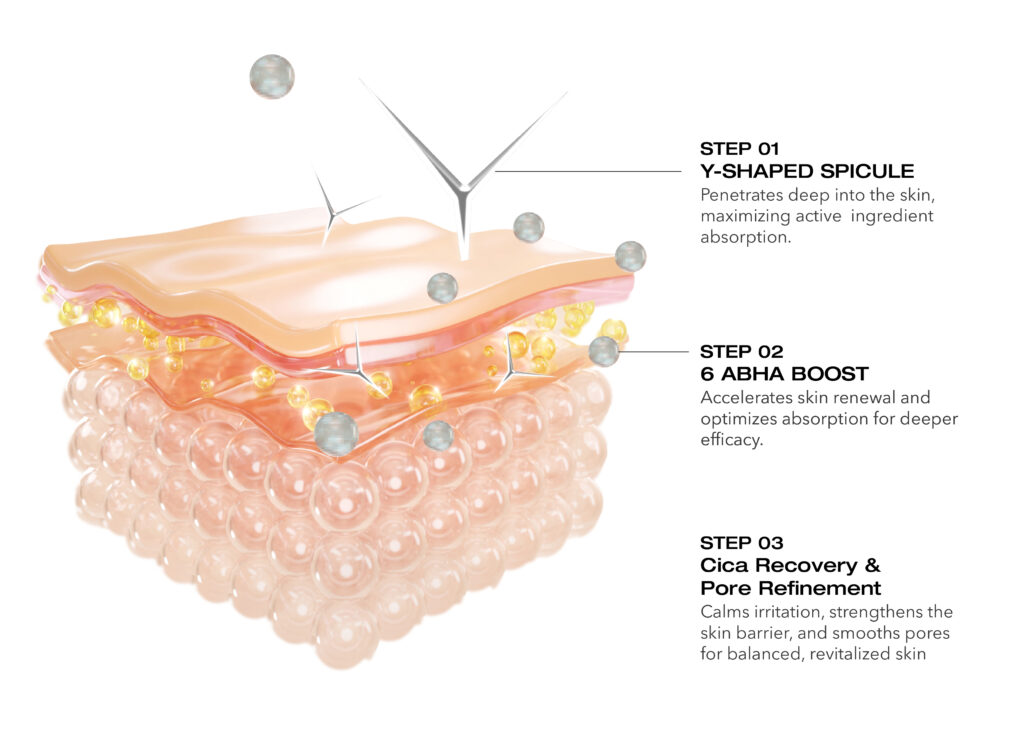
Spicules, Microneedle Patches
- Creates micro-channels in the epidermis
- Enhances absorption of active ingredients
- Triggers fibroblast activity in the dermis
Clinical Evidence:
- 4 weeks of spicule cream use increased dermal thickness by 19.5% and collagen density by 30%
<sub>(Kim et al., 2023)</sub>
3.2 Bioactive Compounds
EGF, PDRN, Peptides
- Promote cellular growth and tissue repair
- Boost collagen and elastin synthesis
- Ideal post-stimulation for accelerating recovery and regeneration
3.3 Energy-Based Devices
LED Masks, RF Devices
- Non-invasive stimulation of dermal layers
- Improves circulation and metabolic activity
- Supports long-term collagen maintenance
4. Example of a Weekly Homecare Regeneration Routine
| Day | Routine Focus | Purpose |
| Mon / Thu | Spicule or Microneedle Use | Controlled stimulation |
| Tue / Fri | EGF Serum + Barrier Cream | Cellular repair, protection |
| Wed / Sun | LED or RF Device | Dermal activation |
| Daily | Hydration + SPF | Maintain recovery environment |
Key Principle:
Balance stimulation with adequate recovery.
Overuse leads to inflammation; underuse yields no results.
5. Common Mistakes and How to Avoid Them
| Mistake | Solution |
| Expecting instant results | Set realistic goals (4-12 weeks) |
| Combining conflicting actives | Separate routines by time/day |
| Over-stimulating the skin | Limit mechanical/chemical triggers |
Conclusion

Skin regeneration is not exclusive to clinical environments.
With a proper understanding of skin biology and a disciplined routine,
homecare can effectively activate and support the skin’s natural renewal process.
Consistency, not intensity, is the key to visible, lasting improvements.
